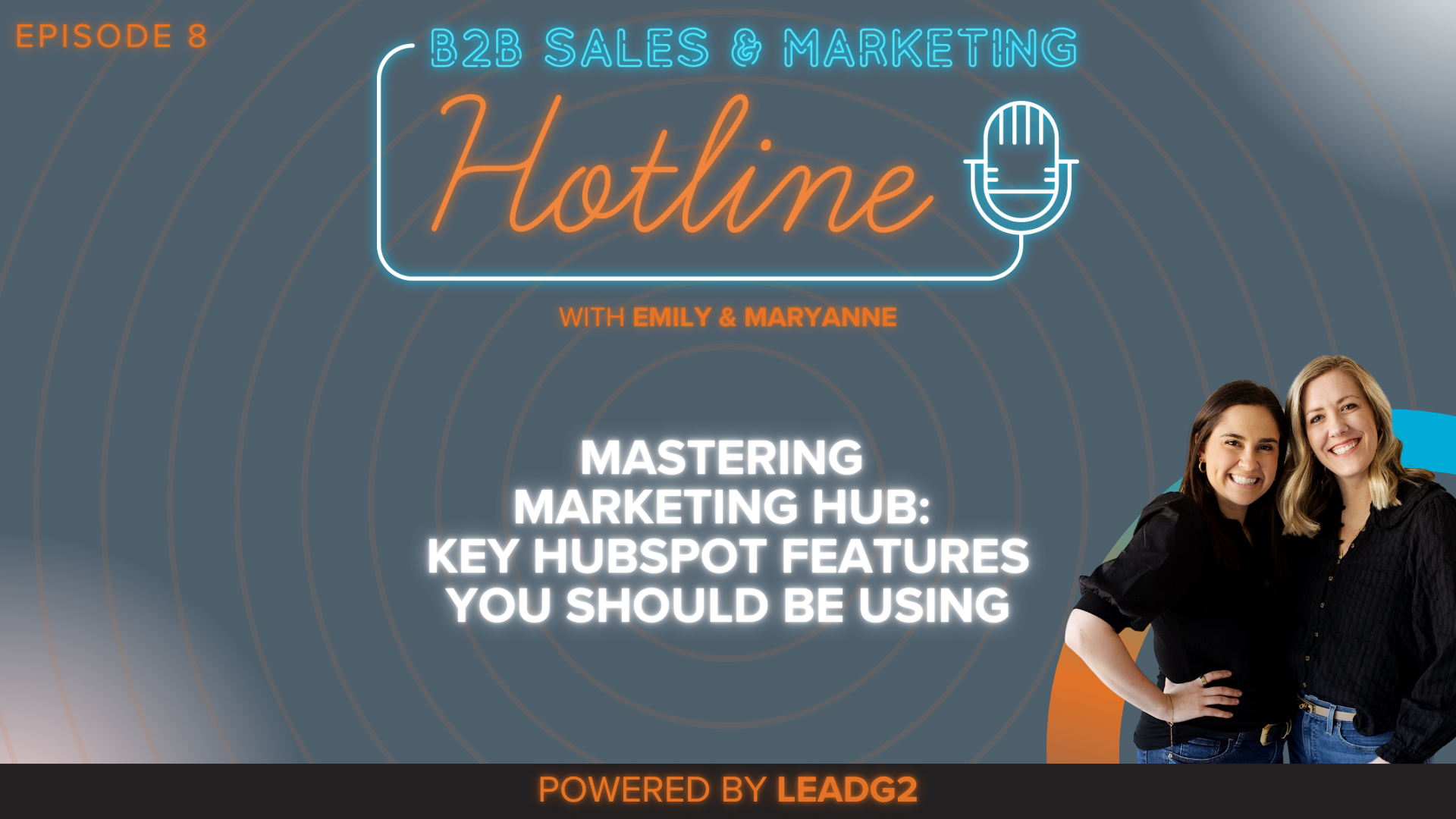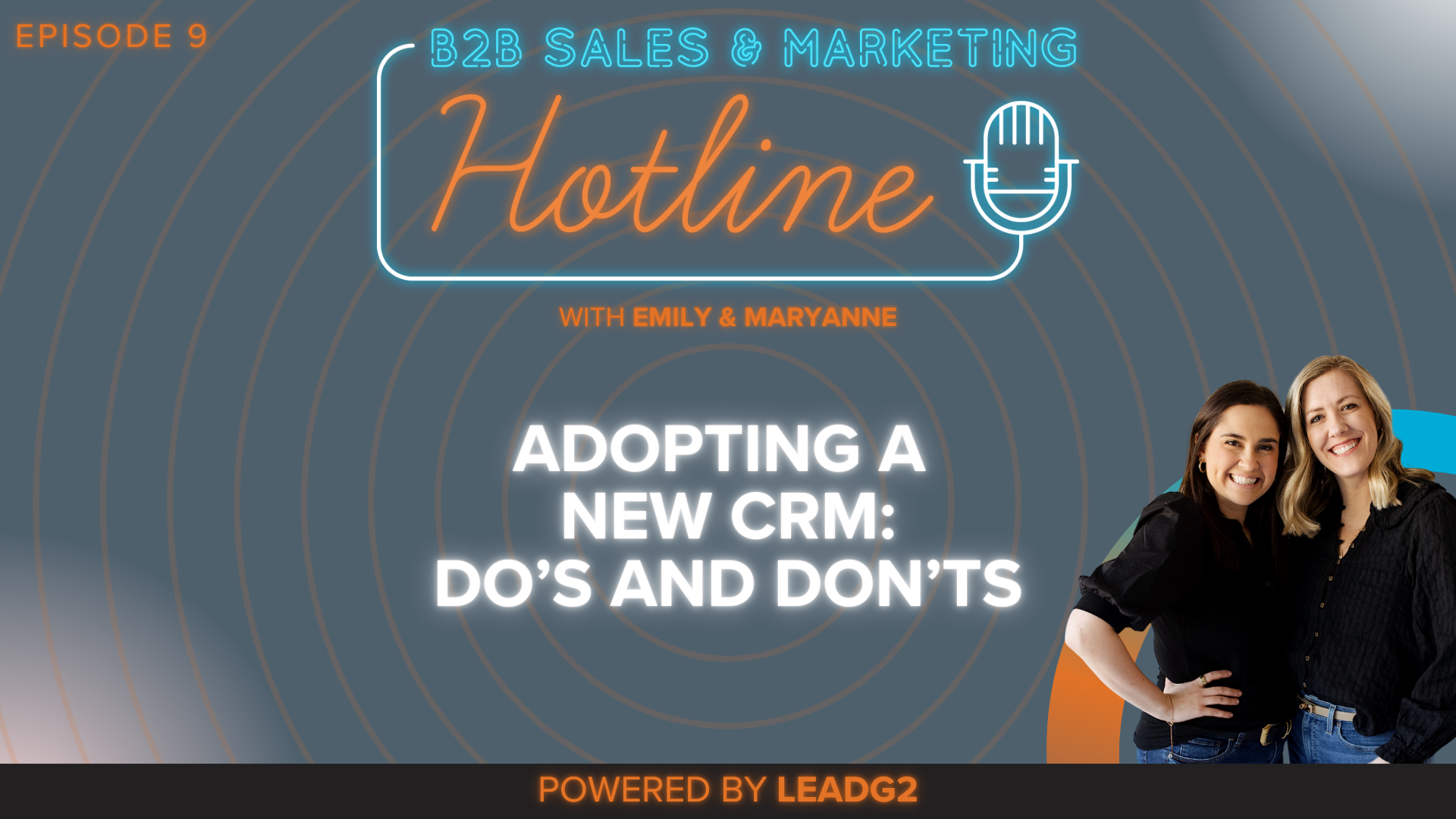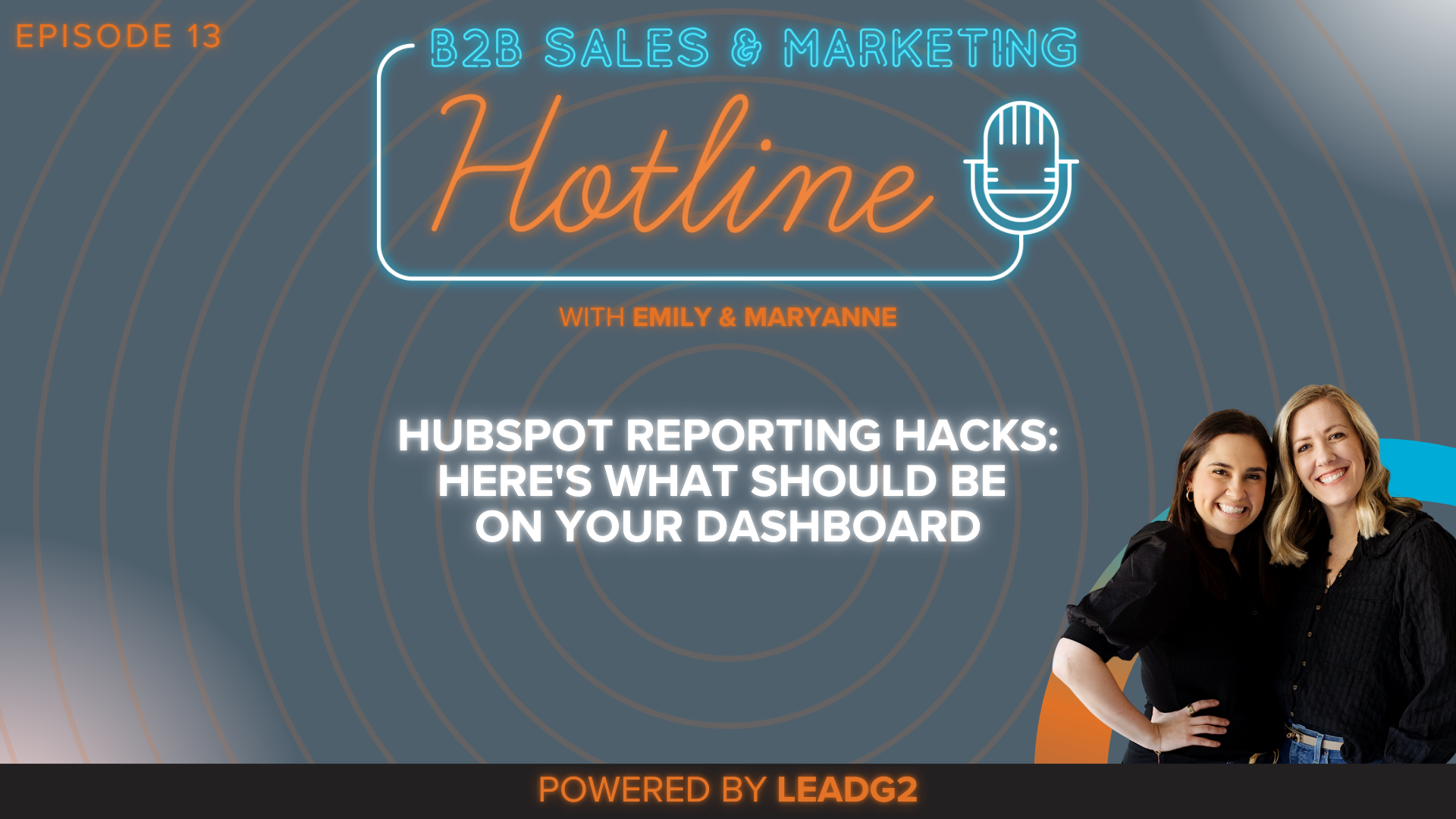4 min read
Onboarding HubSpot the Right Way: What Every B2B Team Should Know
 Brent Tripp
:
October 2, 2025
Brent Tripp
:
October 2, 2025
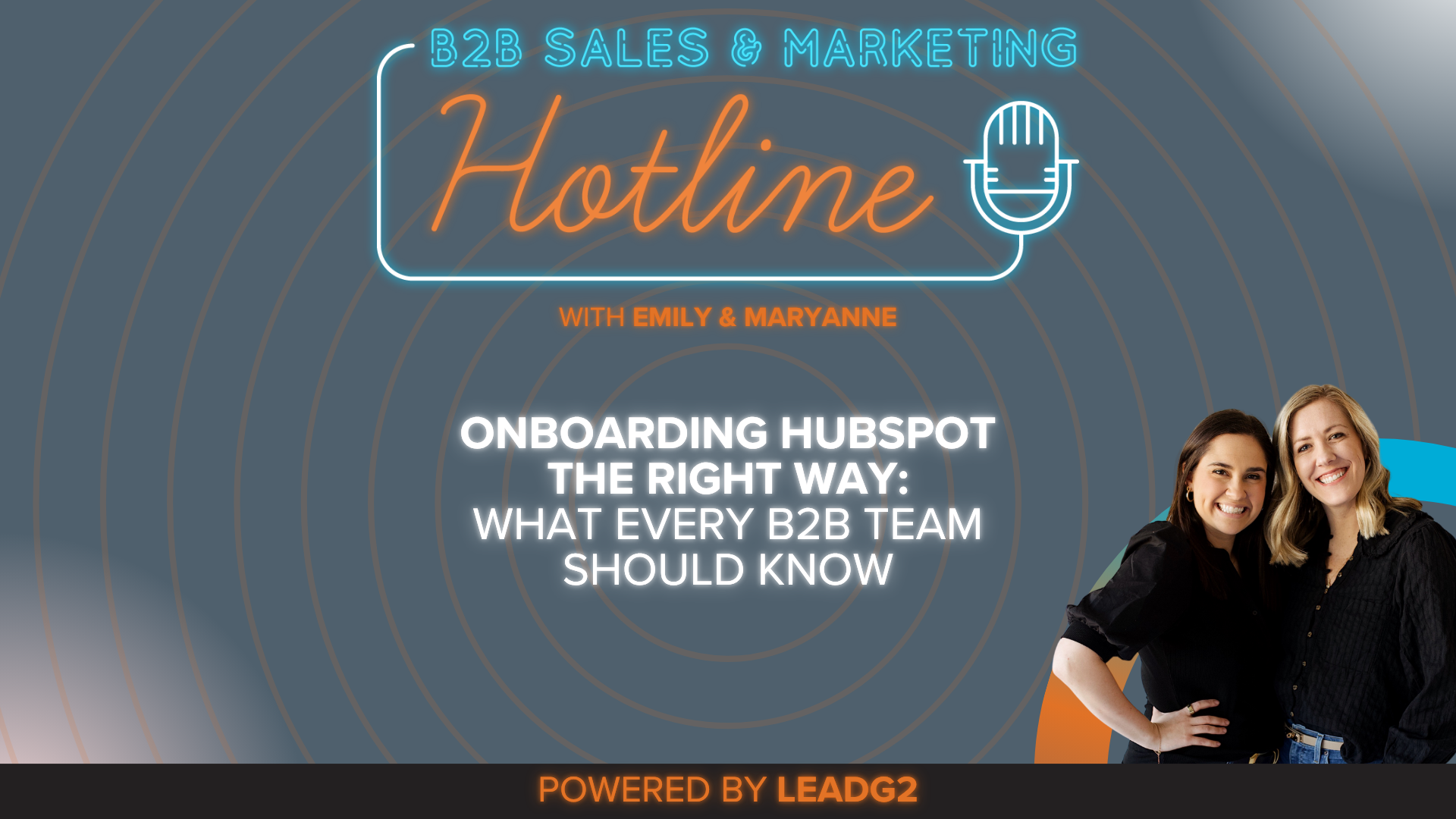
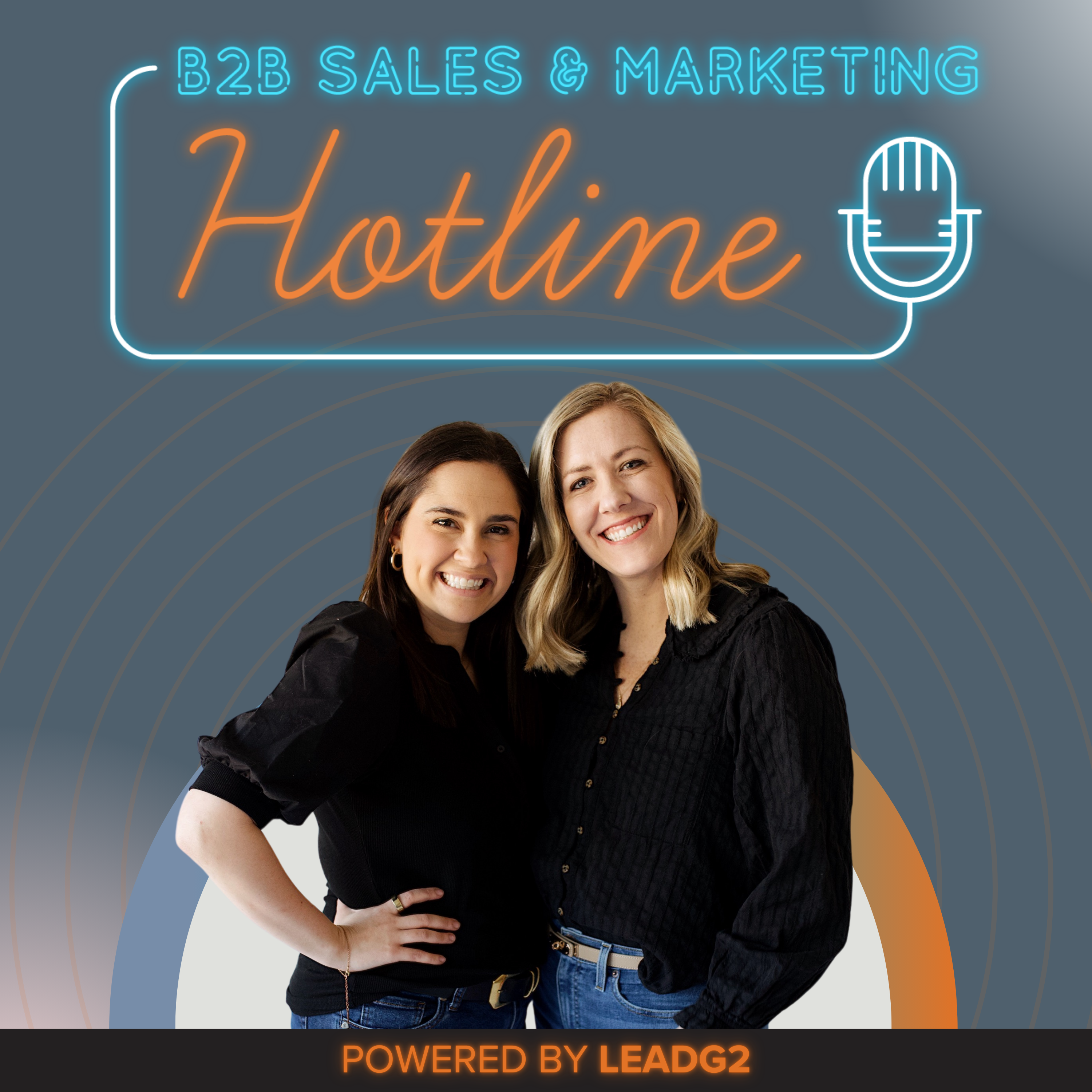
Onboarding to HubSpot is more than just flipping a switch. In this episode of The B2B Sales & Marketing Hotline, Emily and Maryanne break down the full onboarding process, share lessons learned from real-world implementation, and offer a roadmap to avoid common mistakes.
If you're investing in HubSpot (or already have), this is your playbook for turning that investment into real ROI.
Top Takeaways from the Conversation
-
HubSpot isn’t one-size-fits-all – Without proper onboarding, even the most powerful CRM won't deliver results.
-
Discovery is the foundation – Successful onboarding starts with a deep understanding of your business.
-
Customization is key – Everything from user permissions to deal stages must reflect your actual processes.
-
Automation saves time and boosts performance – Smart workflows handle tasks your team might miss.
-
Training and change management drive adoption – Your team won’t use what they don’t understand.
-
Ongoing support ensures long-term success – Post-launch guidance fills gaps and resolves roadblocks.
Why Onboarding Matters More Than You Think
Too many companies invest in HubSpot and assume it will “just work.” But HubSpot is a highly customizable platform. Without tailoring it to your specific business needs, you’re left with a powerful tool that isn’t set up to perform.
The duo compares it to buying a budgeting app: just because you purchased it doesn’t mean it’s automatically aligned with your family’s spending habits. HubSpot works the same way. It must be configured intentionally.
The Six Stages of Smart Onboarding
Emily and Maryanne walk listeners through what an ideal onboarding process looks like, based on years of experience, experimentation, and process improvement. Here’s how they break it down:
1. Discovery
Every effective onboarding journey begins with discovery. It’s not enough to know what a company does. The real insight comes from understanding how they operate, what goals they’re working toward, and what their sales, marketing, and service teams need in order to perform.
During discovery, Emily and Maryanne’s team asks detailed questions not just about current tools and processes, but also about pain points, growth plans, and how the business defines success. This deep dive ensures that HubSpot will be set up to reflect the realities of the business, not just a generic template.
2. Portal Setup and Foundation
After discovery, it’s time to build the foundation... literally. HubSpot’s portal is set up with users, permission settings, and other core system elements. This stage is about preparing the infrastructure that will support everything else: pipelines, workflows, dashboards, and more.
One key point they emphasize is the complexity of HubSpot's permissioning system. Without expert configuration, it's easy to end up with users who either have too much access or not enough.
3. Data Import and CRM Customization
Once the portal is structured, the team moves into customization. That includes importing clean contact and company lists, defining deal stages, building out pipelines, and ensuring every label, field, and lifecycle stage matches the language and processes of the client’s business.
This is where HubSpot starts to "speak your language." The system becomes recognizable and usable to those who log in every day.
4. Automation and Smart Workflows
Next comes one of the most exciting parts of onboarding: automation. From lead routing and internal alerts to follow-up sequences and marketing nurtures, automation is where HubSpot really starts to shine.
But as the hosts point out, automation isn’t just about marketing emails. It can be used to notify team members about stalled deals, transfer ownership when a deal is closed, or trigger a customer onboarding sequence, all without human intervention.
This step not only improves efficiency, but also ensures that critical processes aren’t left to chance.
5. Hands-On Training
Even the most elegant HubSpot setup will fall flat without user adoption. That’s why training is such a vital part of onboarding (and why Emily and Maryanne dedicate so much energy to doing it right).
The LeadG2 team customizes training for different user types and roles, from frontline sales reps to marketing managers to executives. They focus on showing each user how to navigate HubSpot in a way that supports their daily workflow, not someone else’s.
And because they’ve seen trainings fall flat in the past, they’ve fine-tuned their sessions over the years to make them engaging, digestible, and role-specific.
6. Launch and Ongoing Support
After the training is complete and the system goes live, the work doesn’t stop. Emily and Maryanne emphasize the importance of post-launch support. Questions come up. Processes shift. Users hit snags.
Their team stays close to clients during this phase to ensure continued success. Whether it’s troubleshooting, additional training, or refining automation workflows, that ongoing support helps teams unlock even more value over time.
They also introduce the idea of “onboarding 2.0” for teams that implemented HubSpot in the past but skipped important steps. It’s never too late to revisit your setup and improve adoption, even if you’ve been using HubSpot for years.
Adoption Isn't Just About Tools. It's About People
The episode closes with a discussion around change management and the psychology of adoption. If HubSpot is introduced as a tool for micromanagement, user resistance is inevitable. But if it’s positioned as a tool that makes the team’s job easier, more efficient, and more rewarding, adoption improves dramatically.
As Maryanne puts it, “Most CRMs were built for the manager, but HubSpot was built for the user.” When salespeople see real value in using the system (when it helps them win deals and manage their pipeline) they’re more likely to embrace it.
And that’s the real goal of onboarding: not just setting up a system, but helping people use it to do better work.
FAQ: HubSpot Onboarding Best Practices
Q1: Why is customized onboarding essential for HubSpot?
Because HubSpot is a highly flexible platform designed to serve businesses across countless industries, a cookie-cutter setup simply won’t cut it. Without tailoring the portal to reflect your business processes, user roles, data structure, and goals, the platform can quickly become overwhelming or underutilized. Custom onboarding ensures that everything from permissions to pipeline stages is aligned with how your team actually works.
Q2: What should be included in an effective HubSpot onboarding process?
A well-rounded onboarding should include:
-
A discovery phase to understand your business structure, goals, and challenges
-
Setup of users, roles, and permissions based on team structure
-
Customization of pipelines, properties, and lifecycle stages
-
Clean data import and configuration
-
Implementation of automation and workflow sequences
-
Hands-on training tailored to different roles (sales, marketing, service)
-
Post-launch support to troubleshoot issues and boost adoption
Skipping or rushing through any of these steps increases the risk of poor adoption and wasted investment.
Q3: How long does HubSpot onboarding typically take, and who should be involved?
Onboarding timelines vary based on your HubSpot subscription level (e.g., CRM only vs. Marketing, Sales, and Service Hubs) and team size. A typical onboarding process can take anywhere from 4 to 12 weeks.
Key stakeholders should include:
-
A project lead or HubSpot owner from your company
-
Sales and marketing team members who will use the platform daily
-
Executive stakeholders to ensure top-down buy-in
-
Your onboarding partner or agency (like LeadG2) to guide and execute the process
A collaborative, phased approach ensures successful setup, training, and long-term utilization.
.png?width=2250&height=647&name=LeadG2-logo_(2).png)
